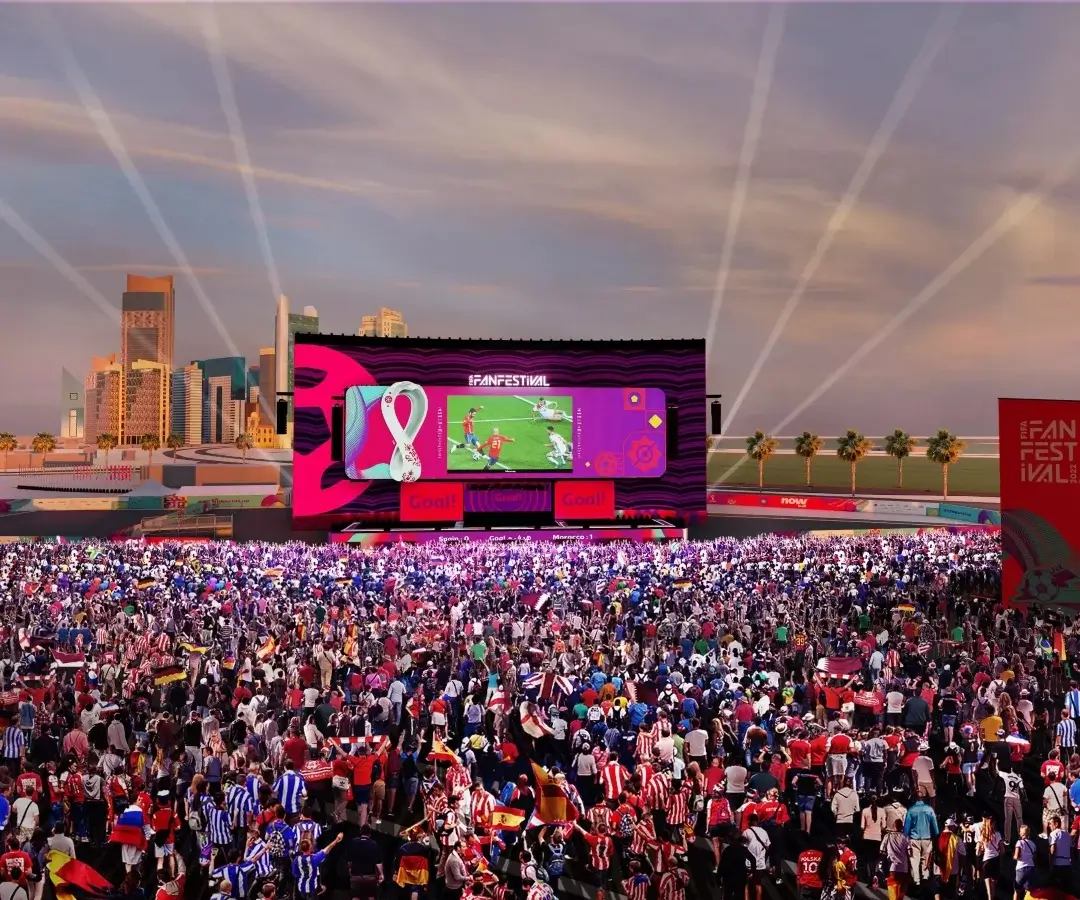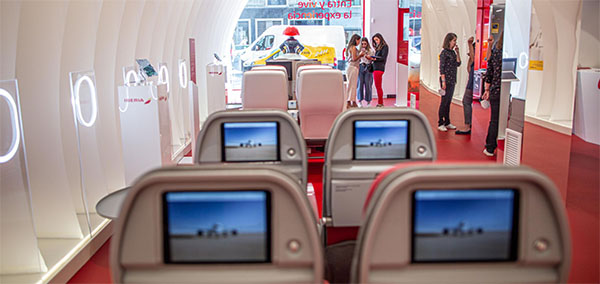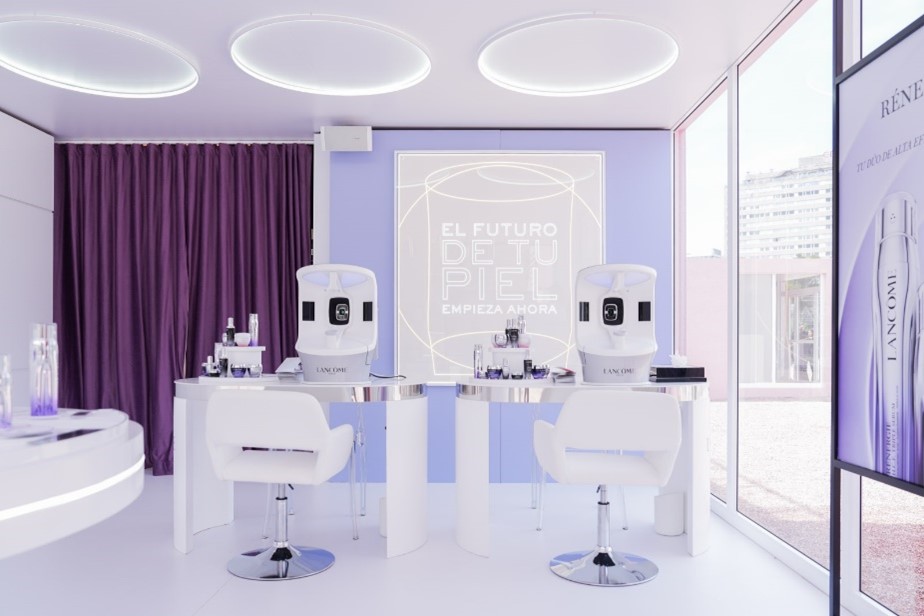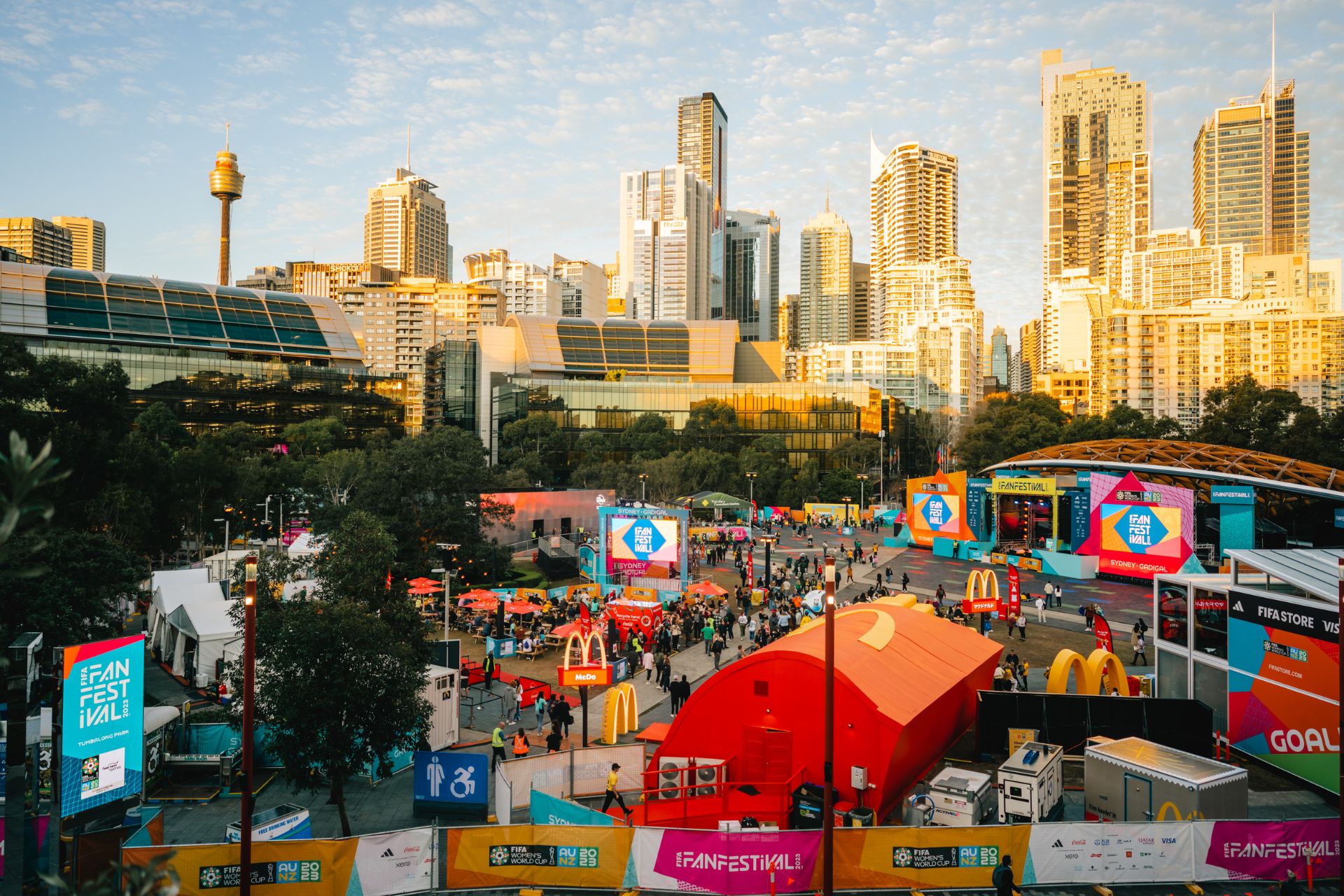Introduction to Experiential Marketing
In today’s era of marketing, experiential marketing plays a key role. In a saturated and highly competitive market, brands need to go beyond offering products or services; they need emotional connections with consumers.
Experiential marketing represents a revolution in the way that we understand the relationship between brand and consumer. Instead of showing the features and benefits of a product, experiential marketing pursues engaging clients through sensory, emotional and interactive experiences.
The key is to create positive and meaningful experiences for the user that stimulate their senses and connect in a stronger way with the brand.
This marketing technique generates an emotional connection, increases loyalty and differentiation, improves brand perception and bosts long-term faithfulness.
Experiential marketing examples
Including experiential marketing in your events, brand activations, live demos, etc. can help you enhance their impact and improve the connection with the customers. Let’s see some examples:
FIFA Fan Festival, Qatar.
It was more than an event for football fans. It was a unique experience that changed the way fans interacted with this sport. It offered a revolutionary and participatory approach, where the audience became active participants of the experience. They participated in several exciting activities, like the Fan World Cup Tournament and other football-themed competitions.
In addition, this festival was not only a success on-site, but also in the digital world. It generated more than 47 million views in social media and 82 million social impressions.
What makes this experience stand out?
It was more than a sports event. It was an opportunity for fans to become part of the experience, creating a global community united by their passion for football and excitement for the World Cup.

Espacio Iberia
A space of 1100 m2, in the heart of Madrid, where attendees could live several experiences such as: testing the most powerful virtual reality glasses on the market, getting behind the controls of a flight simulator or even participating in different tastings of wine, beer, coffee or products of the destinations to which the company flies.

What do we like most about this experience?
Living firsthand the full experience of an Iberia flight as if you were right there.
Cupra impulsive Event: New heroes for a New era
Through this event, the brand presented its vision of the future and the models that will be launched until 2025. Each day was aimed at a different audience and, as Patrick Sievers, Cupra's brand experience manager, explains, "the experience was customized to the maximum by focusing on the different audiences: management, press and institutions, commercial team, dealers (two days) and Cupra Masters".
To reveal the latest model, they used virtual reality and created an immersive experience. Through a video, attendees could "drive" the car and take a ride on the circuit. When the glasses were removed, the car appeared on stage. Without a doubt, it was an experience that managed to connect emotionally with the audience.
What is the great achievement of this experience?
Using virtual reality to provide a complete immersive experience.
Maison Lancôme
In the heart of Madrid, Lancôme recreated the iconic Rose House at Domaine de la Rose in Grasse, highlighting the brand's pillars in three distinct rooms. Guests were able to explore fragrances, facial treatment technology and makeup advice. The experience was finished off with a personalized surprise, a chocolate bar with the exact shade of your skin tone.

What can we highlight from this experience?
The recreation of the legendary mansion allowed us to experience the brand from the inside, even making use of olfactory and sensory marketing to achieve greater identification.
How to apply experiential marketing to your strategy?
Implementing experiential marketing in your strategy can be the key to captivate your audience, strengthen brand loyalty and stand out in a competitive market.
If you want your campaigns to be successful, you should take into account the following points:
1. Know your audience: Start by getting to know your target audience: Who are they? What are their interests, wants and needs? This will help you design experiences that resonate with them.
2. Create an exciting narrative: Develop a story or narrative that connects emotionally with your audience. Storytelling is a key resource to create an emotional bond and make your customers feel part of the experience.
3. Design personalized experiences: Customize each experience to the individual preferences of your customers. Offer personalized options that allow them to interact and participate in a unique way.
4. Integrate innovative technologies: Use tools such as artificial intelligence (AI), virtual reality (VR) or augmented reality (AR) to create immersive and exciting experiences. These technologies can take your experiential marketing campaigns to the next level, enabling a more personalized and dynamic interaction with your audience.
5. Measure and evaluate results: Constantly evaluate the performance of your experiential marketing initiatives. Use metrics and data to identify areas for improvement and optimize your future strategies.






